
Jewish Art Auction Jewish Dance, Reproduction on Canvas, Size 27"x43"
Let them praise his name with dancing and make music to him with timbrel and harp." This message is reinforced in Psalm 150:4, "Praise him with the timbrel and dance; praise him with stringed instruments and organs." Furthermore, scripture indicates the maidens of ancient Israel danced at the Lord's annual feast in Shiloh.

Dansen Christipedia
1 Altmetric Metrics Abstract This article examines how late medieval Christian approaches to Jewish dance within antisemitic moralistic discourse and legal codes contributed to Jewish subjugation within Christian hegemony in the Holy Roman Empire.

Days of Elijah Hebrew dance demonstration YouTube
Ancient Hebrew included as many as eleven verbal roots to describe dancing. Five verbs were used to describe the dance of King David before The Ark of the Lord (II Sam. 6: 14). He not only danced, sahaq, in the ordinary sense of the word, but. geographical areas in the past sixty years, however, the Jewish dance along with other cultural.
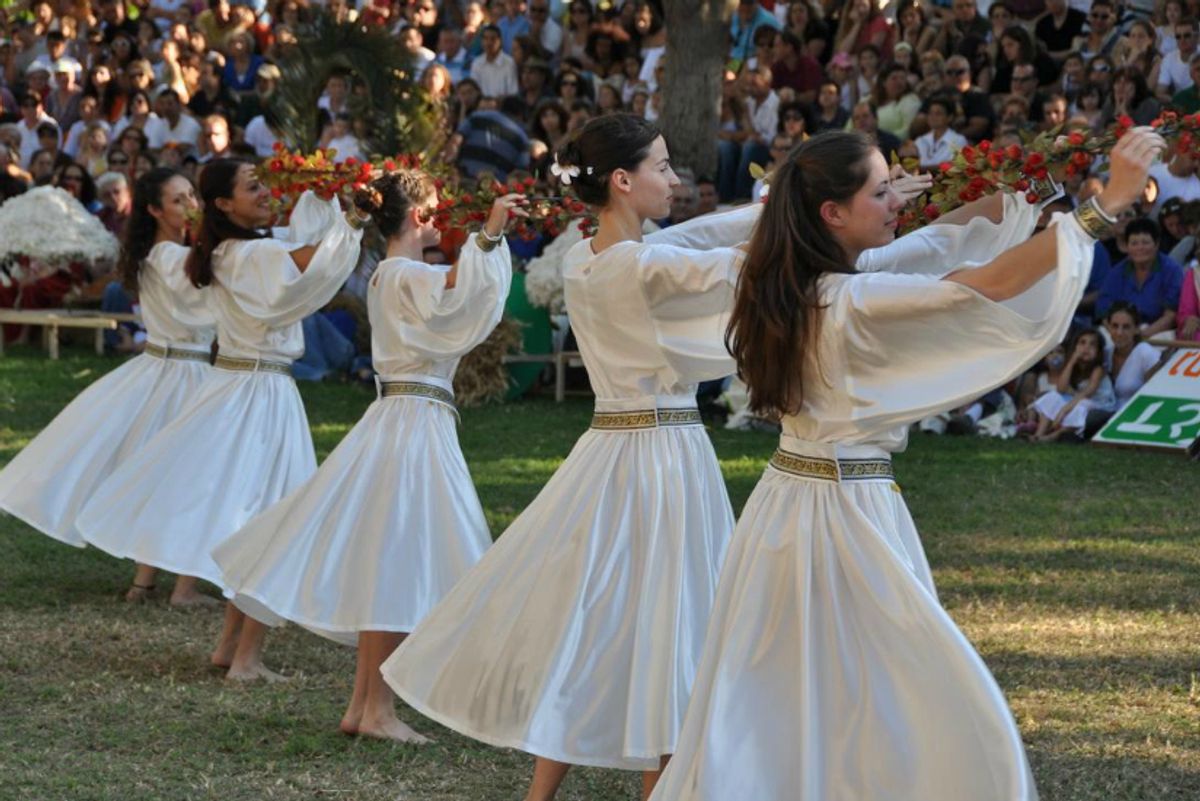
A Dispatch From Horati, an Israeli Folk Dance Festival in Queens Tablet Magazine
Jewish dance performed by Israeli Folk dancers in Israel dancing the traditional Israel dance, Temani.

Women dancing with Torah Salome Designs Circle Painting, Artwork Painting, Paintings, Jewish
Artists began to try to create a new Hebrew dance in the 1920s. Israeli Expressionist Dance flourished first, followed by American modern dance. Israeli dance became professionalized and centralized, and over the past few decades, efforts to promote local creativity accelerated, ethnic dance companies have flourished, and choreographers have taken increasingly political stances.

Traditional Jewish Dance Dancing Bierman Klezcalifornia Thursdays Chochmat lahistoriadekagome
Jewish dance When dance is mentioned in the Old Testament it is distinguished by its joyousness. Words such as leaping and whirling describe the energy and vitality of ancient Hebrew dances. As in other early societies, dancing is most often connected with ritualistic activity.

Avanscena Jewish Dance Danza, Baile, Cultura judía
The Bible contains many Hebrew verb roots employed to describe dancing activity, four of which were used in the description of the popular but religious event of the bringing of the Ark, which inspired King David and his subjects to dance before God.

Pin on Israel
The History of Israeli Folk Dance The need for community dances first arose among the h alutzim of the First Aliyah in 1882, continuing with the Second Aliyah (1904-1914) and the Third Aliyah (1919-1923).

Pin on What I Do on Shabbat
Ilan, Tal "Dance and Gender in Ancient Jewish Sources." Near Eastern Archaeology 66 (2003): 135-36. Meyers, Carol. "Of Drums and Damsels: Women's Performance in Ancient Israel." Biblical Archaeologist 54 (1991): 16-27. Meyers, Carol. "Miriam's Song of the Sea: A Woman's Victory Performance."
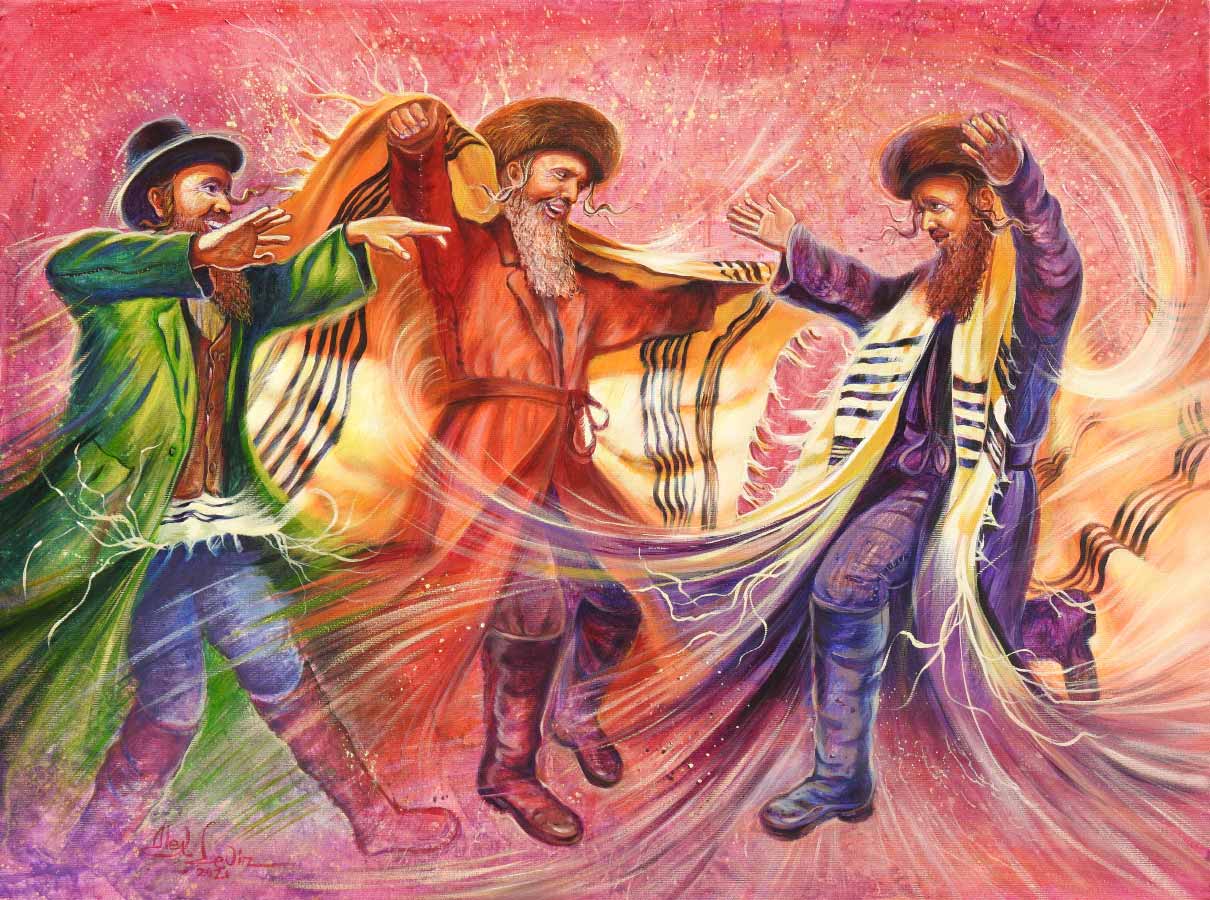
Original Oil Painting Power of the Jewish Dance Alex Levin
HEBREW DANCE. Claudio A. Olguin Bermúdez. Origin of the Hebrew dance Within the praise and worship there are different forms of expression and one of them is dance - rikud (Psalm 149: 3). In the Hebrew tradition dance was a means of prayer and adoration, it was an expression of joy and reverence. The dance became a mediator between Elohim and.
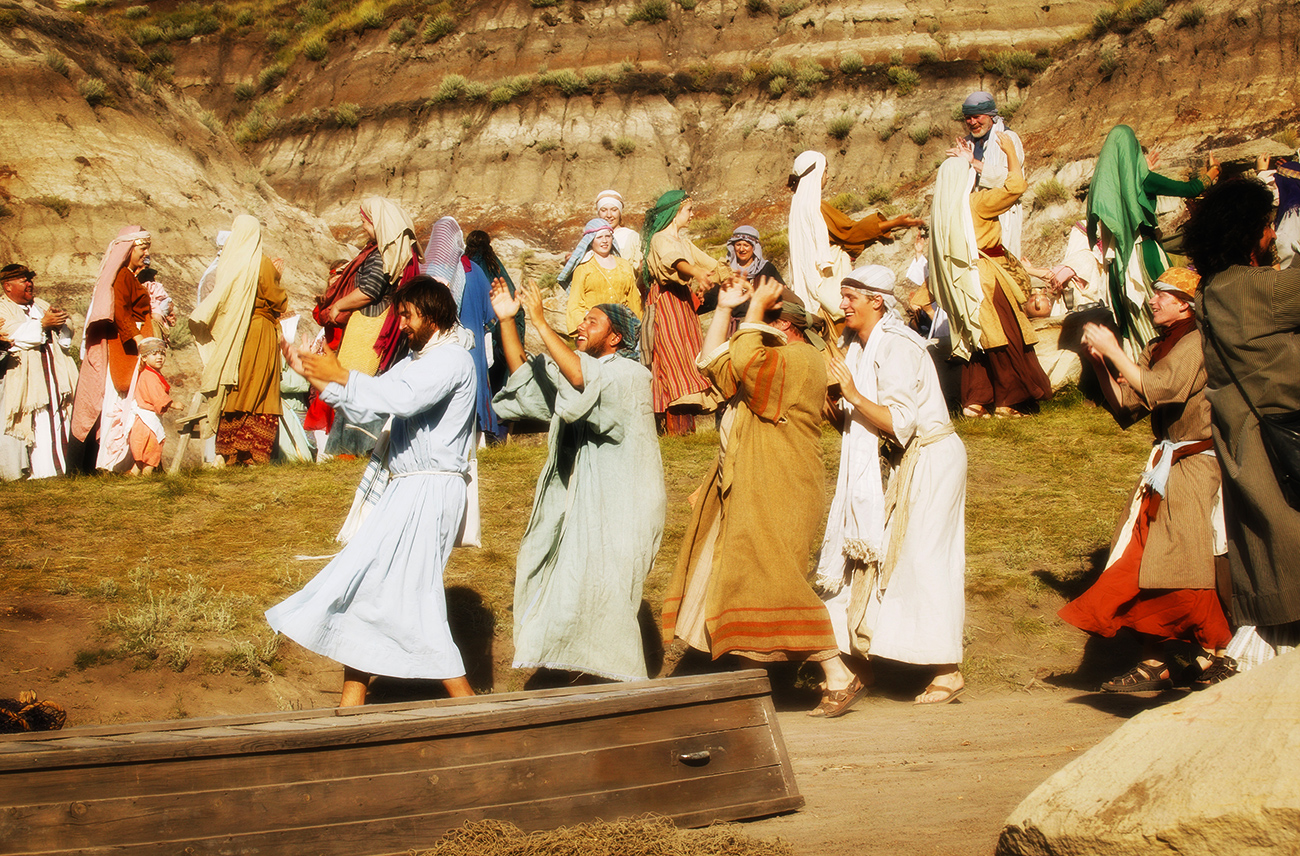
Singing and Dancing, Faith in Every Footstep Israel Revealed
The ancient Israelites obeyed the Word of the Lord. They danced at every joyous occasion. Jewish Traditions Dance included ritual dances, harvest dances, wedding dances, dances for warfare, victory dances, even dances at the digging of wells (Numbers 21:17).
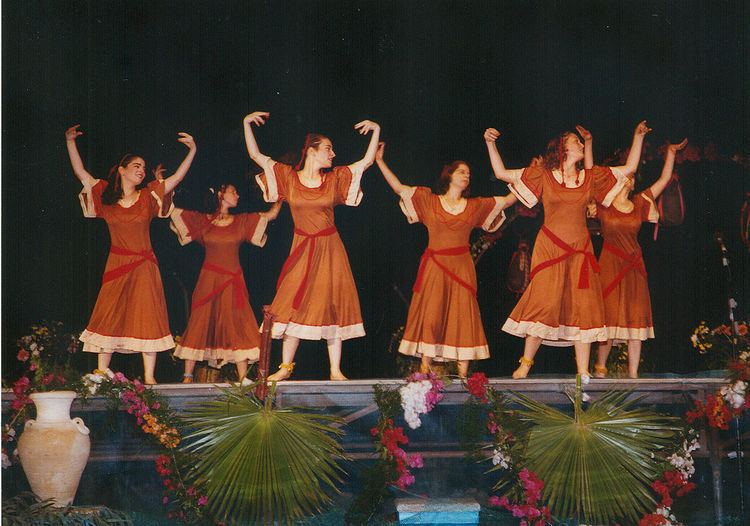
Jewish dance Alchetron, The Free Social Encyclopedia
Abstract. In the 1930s, "Jewish dance" emerged in the United States as a category that drifted between ethnic and modern dance. Although some Jewish choreographers were able to transcend their ethnicity through the universalism of modern dance, others, like Belle Didjah and Dvora Lapson, were ghettoized by their overtly Jewish characterizations of Hasidic Jews or exotic Jewesses.

Miriam dancing Jewish art, Art, Art forms
In the Bible, the Israelites use dance as a form of religious expression.From images of Miriam leading the women across the Sea of Reeds to numerous references throughout the Psalms, it is clear that dance was an expression of joy, awe and worship.. After the end of the biblical period and throughout most of the Middle Ages, one finds fewer examples of sacred, ritual dance in Judaism.

dance! Cultura Judaica, Arte Judaica, Purim, Jewish Artwork, Simchat Torah, Religion, Chabad
Ancient Era through the Premodern Era expandConcert Dance expandIsraeli Folk Dance expandSocial, Folk, and Traditional Dances of Jewish Communities around the World Nazi Era/Holocaust expandDocumentaries and Films Dance in Jewish Studies Nina Spiegel LAST REVIEWED: 18 August 2021 LAST MODIFIED: 24 July 2018 DOI: 10.1093/obo/9780199840731-0169

Ka’et, Orthodox Jewish Dancers in Israel The New York Times
Jewish performance and dance traditions can be traced back to the Bible.References to Miriam leading the women in dance after crossing the Red Sea (Exodus 15) or David performing an ecstatic dance before the ark as it was brought to Jerusalem (Samuel II 6), allude to the fact that, in ancient Israel, performance was incorporated into religious rituals, victory celebrations, and folk gatherings.
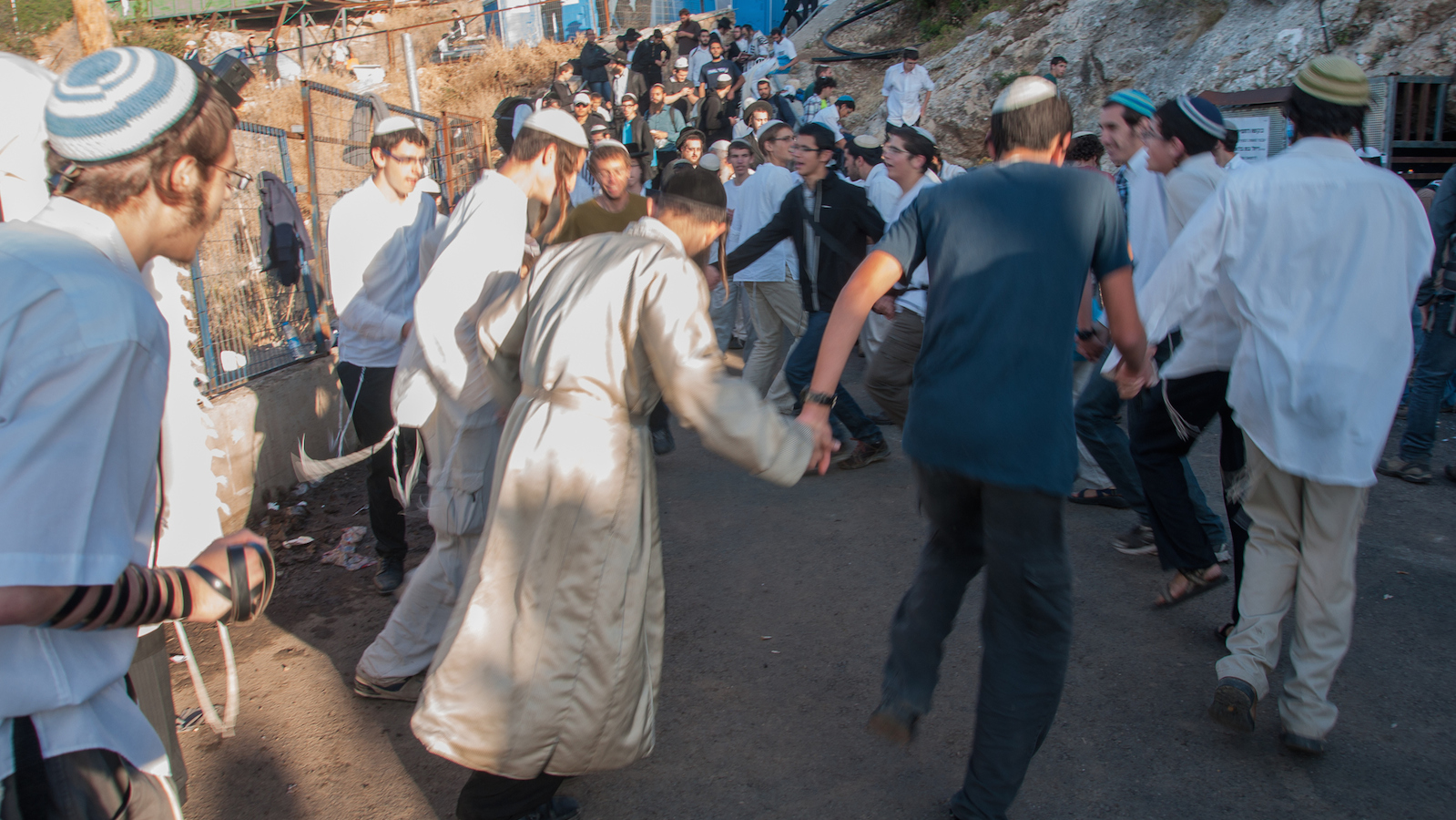
The History of Jewish Dance My Jewish Learning
USD $ | United States SPIRITUAL MEANING Since the times of the Torah (~3000 years ago), ritual dances and music have held deep spiritual meaning for the People of Israel. The Tanakh, Mishnah, and Talmud all emphasize the spiritual nature of dance, as well as its importance as an expression of joy. There are many references to dance in the T